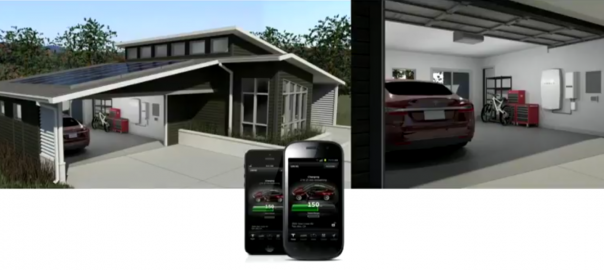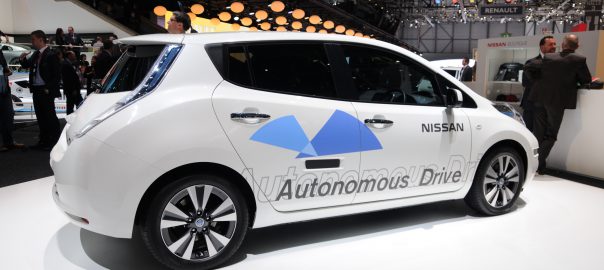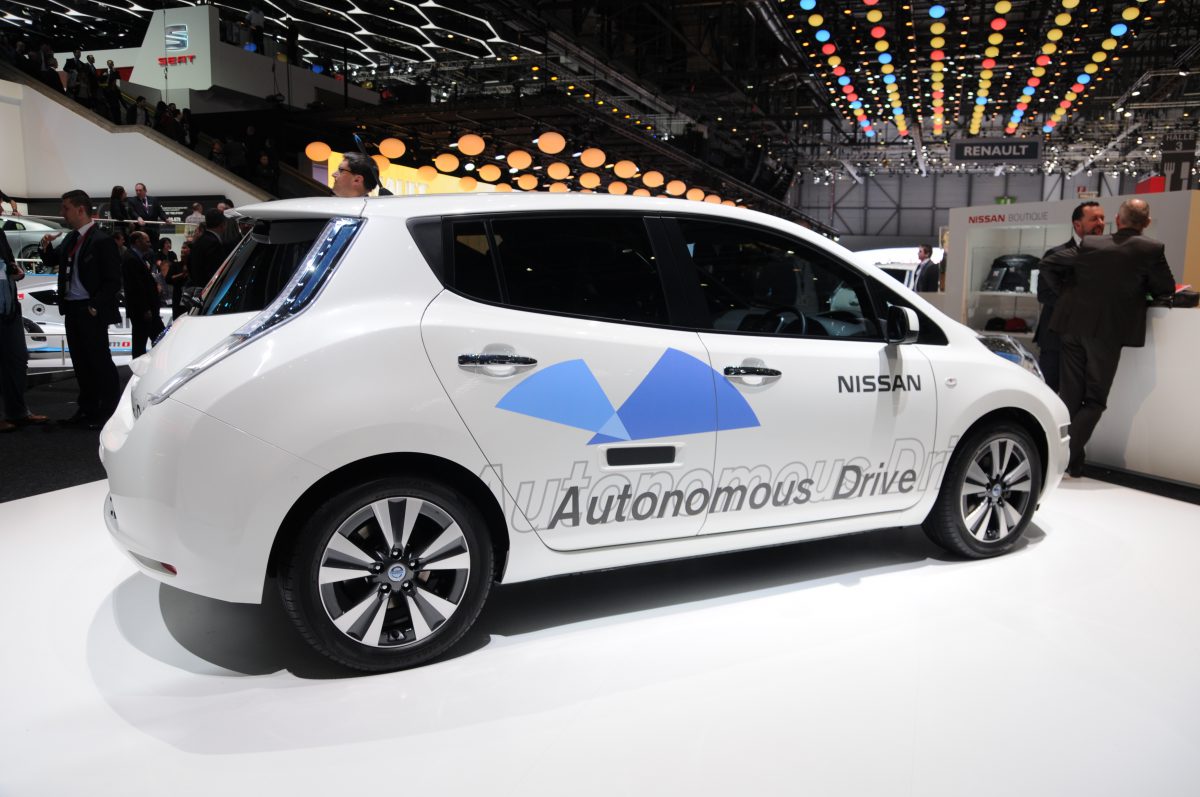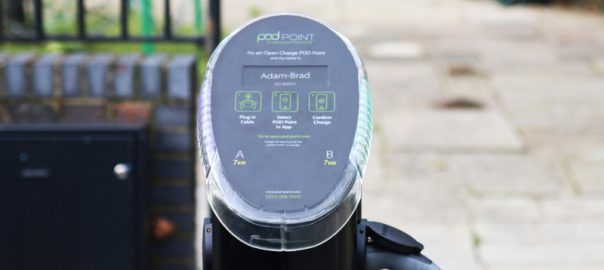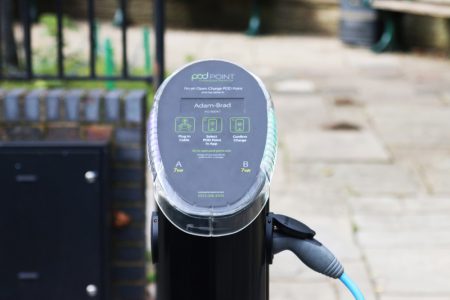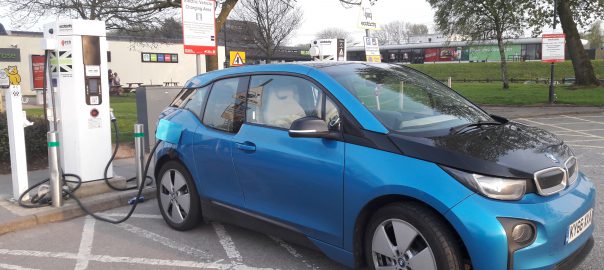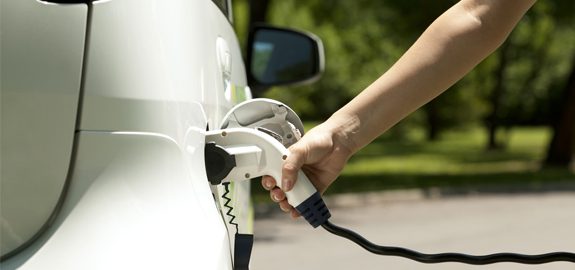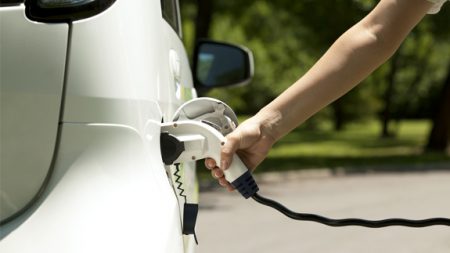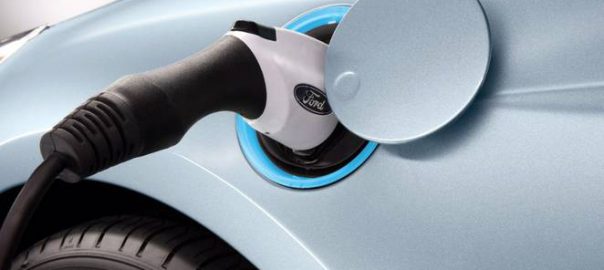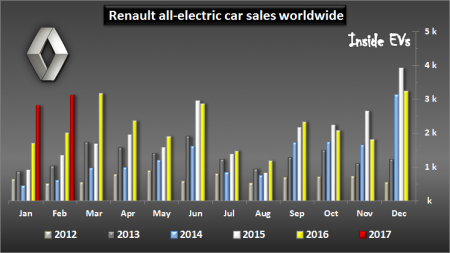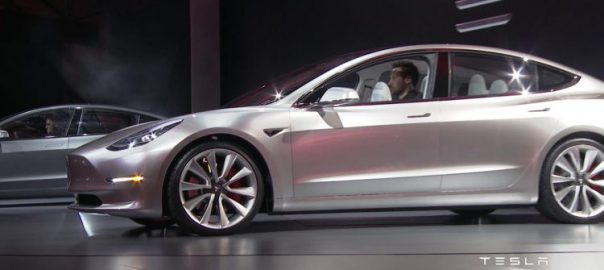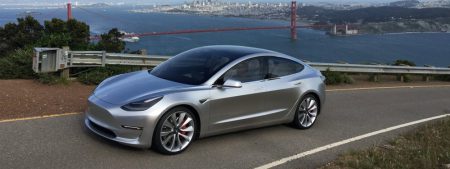‘You have solar, battery pack, EV and you control everything on your phone’
Since Tesla’s acquisition of SolarCity, the company’s mission slightly changed from “accelerating the advent of electric transport” to “accelerating the advent of sustainable energy”. The company wants to offer solutions throughout the entire energy production and consumption process.
At a conference last week, a Tesla executive explained the company’s vision for managing all that energy across all their products.

Kurt Kelty, Tesla’s longtime director of battery technology, was in Florida last week to give a keynote address at the International Battery Seminar.
During his presentation, he explained Tesla’s vision of energy management in future houses (transcript via evannex):
“Where we see the future [is] in houses [and] we want to be your EV provider. Put your EV in your garage and you charge it up with one of our chargers, you have a powerwall… [and] a solar product [solar roof] that we’ll be introducing this summer. You [can] see how this could integrate well in your house. You have solar, battery pack, the EV and you’ve got all the controls on your cell phone and you could control everything. This is the kind of future we see for [your] house.”
That’s similar to the vision shared by CEO Elon Musk when he first suggested Tesla’s acquisition of SolarCity in order to have a single company offering electricity generation, through solar products, storage, through Powerwall and Powerpacks, and consumption, through Tesla’s electric vehicles.
Read more: electrek
